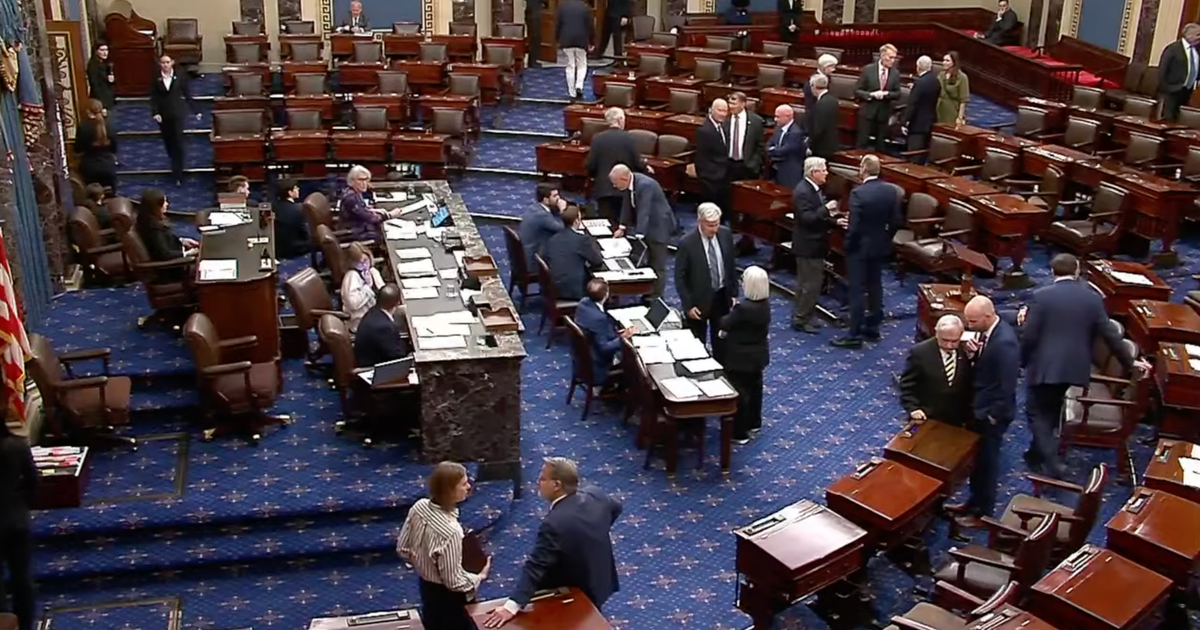
How often do you forget to take your daily medications? For many, the answer is shockingly frequent. I personally miss my vitamin D supplements twice a week, and while this might lead to minor health issues, when it comes to HIV prevention, missing a dose of prescribed daily pills could mean the difference between safeguarding one’s health and facing a new infection. Enter lenacapavir, a groundbreaking drug that could revolutionize the fight against HIV.
Currently, the most utilized method to prevent HIV — which tragically claimed the lives of an estimated 630,000 people last year alone — involves pre-exposure prophylaxis (PrEP) pills. PrEP is a highly effective tool that has prevented millions of infections since its introduction 13 years ago. However, the necessity for daily adherence presents significant barriers, particularly in the Global South, where consistent access is often hampered by systemic inequalities, stigma, and infrastructural inadequacies. Alarmingly, as of 2023, only around 6 million individuals globally were utilizing PrEP, a mere fraction of the tens of millions who could benefit from it, leading to another 1.3 million new HIV infections each year.
Lenacapavir offers a promising alternative: a discreet injection administered just twice a year, effectively removing the forgetfulness and stigma associated with daily medication. In clinical trials, this drug demonstrated remarkable efficacy, providing 100% protection for women and approximately 96% protection for men, transgender, and nonbinary individuals. Such results should compel policymakers to take immediate action.
The U.S. Food and Drug Administration approved lenacapavir in June, followed by endorsements from the World Health Organization and the European Union. Remarkably, the current U.S. administration has now made this drug a cornerstone of its “America First” global health strategy, planning to roll it out in about a dozen low-income countries by early 2026. This is a significant departure from historical patterns where low-income countries often lag decades behind in access to new treatments. However, the real challenge lies not in the scientific innovation but in the political landscape that dictates whether these advancements reach the people who need them most.
The success of lenacapavir will ultimately hinge on political will and funding decisions. Since its inception in 2003, the President’s Emergency Plan for AIDS Relief (PEPFAR) has been a vital lifeline for HIV treatment access, saving over 25 million lives. Yet, with the Trump administration’s freeze on foreign aid, PEPFAR’s reach was jeopardized, halting drug shipments and stalling progress. Recently, the administration announced plans to revive PEPFAR to distribute lenacapavir, a move that hangs in the balance amid ongoing political turmoil.
While the administration focuses on delivering this drug to pregnant and breastfeeding individuals, advocates warn that this narrow focus risks neglecting other high-risk populations. In sub-Saharan Africa, young women are disproportionately affected by new infections, alongside queer men, sex workers, and individuals who use drugs. Prioritizing maternal health without addressing the broader epidemic is not only short-sighted but also ideologically driven rather than rooted in science.
The intricacies of providing HIV prevention are compounded by deep social stigmas surrounding sex, sexuality, and drug use. Community-led initiatives have historically proven more effective in reaching marginalized groups who feel unsafe in traditional healthcare settings. A successful prevention strategy must be inclusive and sensitive to the unique challenges faced by these communities.
Moreover, Gilead Sciences, the developer of lenacapavir, has made some encouraging commitments. The company plans to provide lenacapavir to PEPFAR at no profit and has entered licensing agreements with six generic manufacturers to produce more affordable versions. This collaborative effort could dramatically increase access in low- and middle-income countries, where prices for life-saving medications routinely remain prohibitive.
However, the licensing agreements present a double-edged sword. While they enable generics to be sold in multiple low-income countries, they exclude middle-income nations like Brazil and Argentina, which are increasingly vulnerable to rising infection rates. Gilead’s approach seems to create a tiered system where profit dictates public health outcomes, further entrenching inequities in access to life-saving treatments.
To combat this, organizations like the Gates Foundation and other philanthropic entities are stepping in, funding generic manufacturers to expedite the production of affordable versions of lenacapavir. If successful, this could bring the cost down to an astonishing $40 per person per year, a price point that could open the gateway to equitable access.
Lenacapavir could signify a turning point in the global fight against HIV. However, the promise of this drug will only be realized if we prioritize equitable distribution, address the stigma associated with HIV, and ensure that marginalized communities are not overlooked in the rollout. Breakthrough scientific advancements must be matched with a robust commitment to social justice, equality, and, importantly, the moral obligation to protect human rights. The choices made today will determine whether lenacapavir becomes a powerful tool for liberation or another casualty of our political landscape.
This article highlights the importance of FOR HIV FIGHT.


